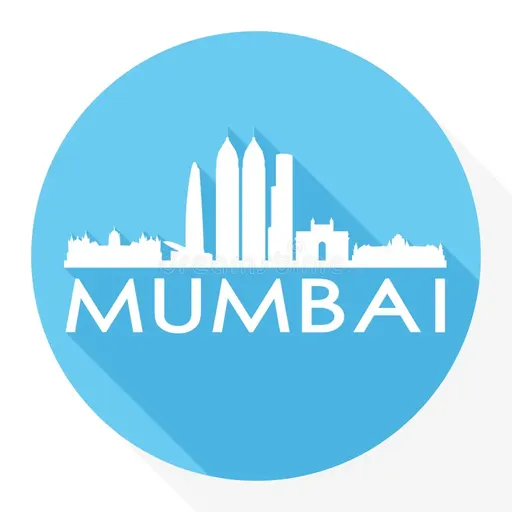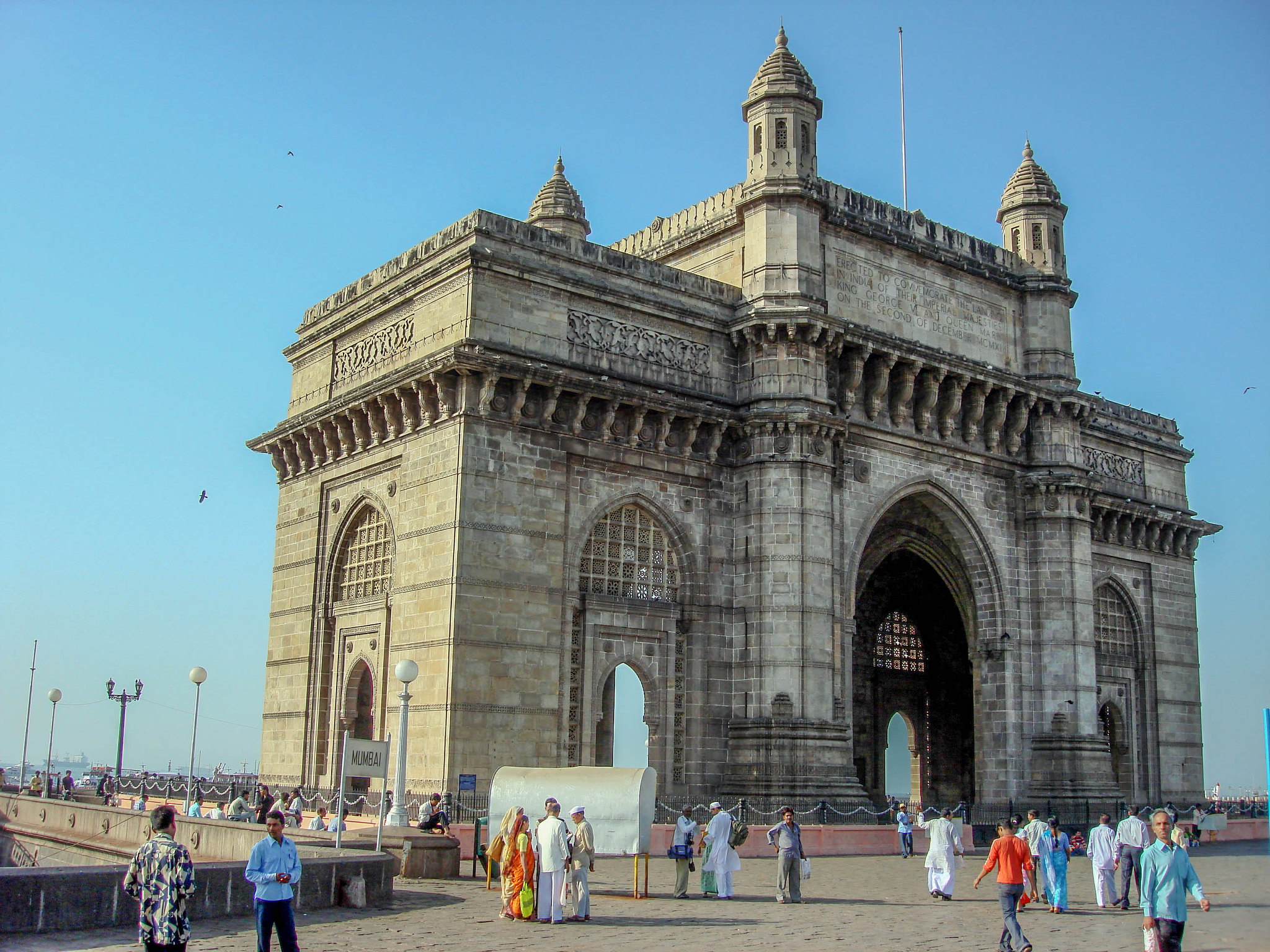The Gateway of India stands tall and proud on the waterfront of Mumbai, its majestic arch framing the vast expanse of the Arabian Sea beyond. This iconic monument, built to commemorate the visit of King George V and Queen Mary to India in 1911, has become much more than a mere architectural marvel – it’s a symbol of Mumbai’s rich history, colonial past, and vibrant present.
As you approach the Gateway, you can’t help but be struck by its imposing presence. The yellow basalt and reinforced concrete structure rises 26 meters high, its Indo-Saracenic style blending elements of Hindu and Muslim architectural traditions with a distinctly British imperial flair. The intricate latticework and ornate designs adorning the monument are a testament to the skilled craftsmanship of the early 20th century.
Interestingly, although the Gateway was conceived to welcome the British monarchs, they only saw a cardboard model of the structure during their visit. Construction began in 1915 and wasn’t completed until 1924, long after the royal couple had departed. Nevertheless, the Gateway quickly became a prominent landmark and a popular gathering spot for locals and tourists alike.
Throughout its history, the Gateway of India has witnessed numerous significant events. Perhaps most notably, it was the site where the last British troops departed India in 1948, symbolically marking the end of British rule in the country. This poignant moment transformed the Gateway from a symbol of colonial power to one of Indian independence and resilience.
Today, the Gateway of India continues to be a bustling hub of activity. Visitors from all over the world flock to admire its grandeur and snap photos against the backdrop of the sea. Street vendors sell everything from snacks to souvenirs, while boat operators offer rides to nearby attractions like the Elephanta Caves.
The area surrounding the Gateway is equally captivating. The iconic Taj Mahal Palace Hotel, with its stunning Indo-Saracenic architecture, stands nearby, creating a picturesque scene that has graced countless postcards and travel brochures. The contrast between the historical monuments and the modern skyline of Mumbai in the distance serves as a visual representation of the city’s journey through time.
Despite its colonial origins, the Gateway of India has been embraced by Mumbaikars as an integral part of their city’s identity. It has featured in numerous Bollywood films, appeared on postage stamps, and become a symbol of Mumbai’s resilience in the face of adversity. Following the 2008 terror attacks, which targeted nearby locations, the Gateway stood as a powerful reminder of the city’s strength and unity.
As Mumbai continues to evolve and grow, the Gateway of India remains a constant, bridging the past and present. It serves as a reminder of the city’s complex history while also embodying its aspirations for the future. Whether you’re a first-time visitor or a lifelong resident, standing before the Gateway of India is an awe-inspiring experience that connects you to the heart and soul of Mumbai.
In a city known for its fast-paced life and constant change, the Gateway of India provides a moment of pause – a chance to reflect on the journey that has brought Mumbai to where it is today. As the sun sets over the Arabian Sea, casting a golden glow on the monument’s weathered stone, one can’t help but feel a sense of wonder at the stories it could tell and the countless memories it holds for generations of Mumbaikars and visitors alike.
The Gateway of India stands as a majestic symbol of Mumbai’s rich history and architectural grandeur. Built to honor King George V’s visit, this iconic archway has become an enduring landmark, attracting millions of visitors annually. Its imposing structure, blending Indian and European architectural styles, serves as a testament to India’s colonial past while simultaneously embodying the nation’s journey towards independence. Overlooking the Arabian Sea, the Gateway not only offers breathtaking views but also serves as a poignant reminder of India’s transition from British rule to sovereignty. Today, it remains a popular gathering place for locals and tourists alike, cementing its status as both a historical monument and a vibrant cultural hub in the heart of Mumbai.

